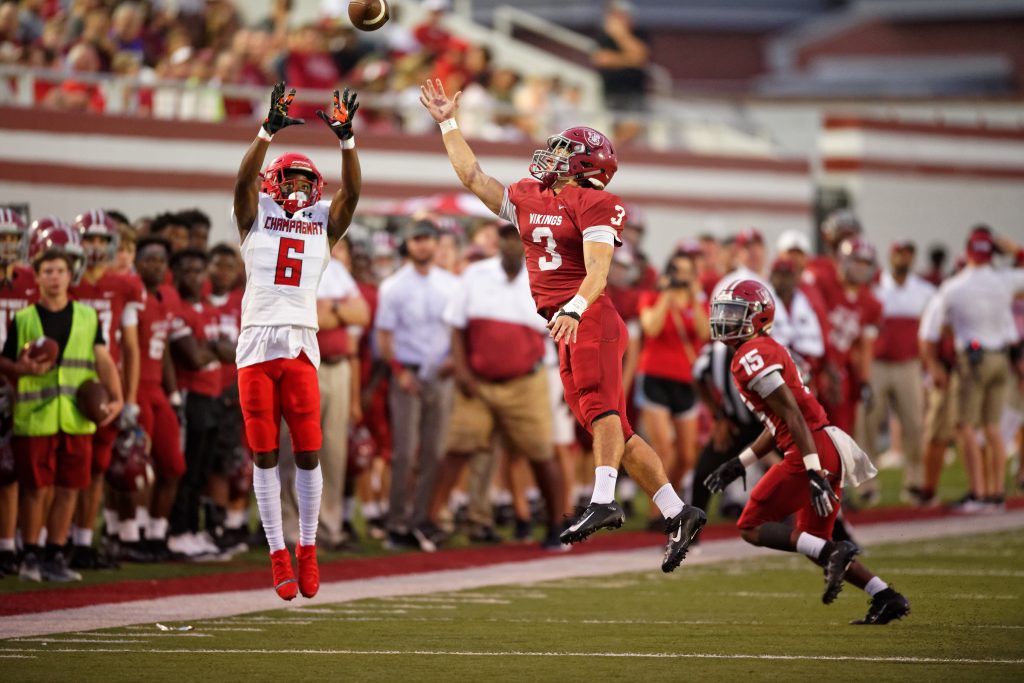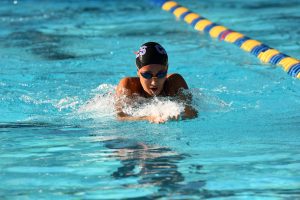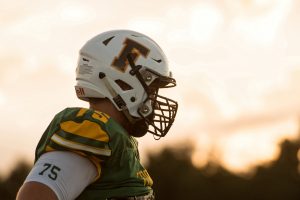How To Photograph Sports Like A Pro – Guidelines

Photo by SWI Photography
- Be Prepared and Create a Plan (What, Why and How)
- What – Determine the shots you want before the game starts.
- Why – Determine why you want those shots.
- How – Scout the location and know your subject. By knowing your subject you can anticipate where the action will be and set yourself up for success. Refer to our How To cheat sheets for camera settings and locations to shoot from.
- Camera Settings
- First, determine if the event is being held during the daytime, nighttime or in a gym. This will allow you to plan for what lenses you will need for the event. If it is during the daytime, you can use just about any lens you want, as you will have plenty of light available. If it is at night or in a poorly lighted gym, you will need a fast lens (Aperture at least F2.8) to achieve a shutter speed high enough to freeze the action.
- You will need a shutter speed of at least 1/250 to be able to stop motion. The general rule is whatever focal length you are using, you will need to at least double that number with your shutter speed to stop all motion. Example: If you are shooting with a 200mm lens, you should at least have a shutter speed of 1/400 to freeze the action.
- Make sure to check your cameras white balance as well. You can either pre-set your white balance to match the lighting around you or you can put the camera into auto white balance. Using auto white balance gives you one less variable to have to worry about.
- Equipment
- Prior to the event, decide what cameras and lenses you will be using. If it is going to be nighttime or in a poorly lit gym or field, you will need fast lenses (ex: 70-200mm F2.8, 50mm F1.8, 24-70mm F2.8)
- Clean the lens glass (fingerprints will show up in photos or make your camera not focus where it needs to)
- Charge all batteries
- Make sure to have at least two memory cards. You don’t want to be halfway through the event and realize you can’t take more photos because your card is full.
- Act Professional and Be Wary Of Your Surroundings
- You need to act in a professional manner while you are out shooting an event. You represent your school or business and need to act accordingly.
- Do not just sit around and play on your phone
- Be respectful to referees and umpires. I recommend talking to them before the event, introducing yourself and telling them what you are doing. Some referees have certain areas they do not want anyone in, ask them if there are any areas where they don’t want you in.
- DO NOT walk onto the field, court or track during play. For football, before the game starts is fine (especially for the coin toss and team running onto the field) For baseball and softball wait until the inning is over to move locations.
- Be careful and always know what is going on around you. You are going to be right next to the action, and trust me, you do not want to get run over by any of the players.
- Get There Early
- Make sure to get to the event at least 30 minutes prior to the start of the event. Even earlier if it is a big event so you can find parking.
- Make a plan and scout your locations and spots you want to be. Refer to our How To cheat sheets to give you a good starting point as to where to stand or sit. Having a general knowledge of the sport and team you are covering will make for better photos.
- Take photos of the teams warming up, coaches interacting with the players, cheerleaders, band, fans, signs…basically everything you see around you. There is more to the event than just the action on the field.
- Have Fun Out There!
 |
 |
 |
